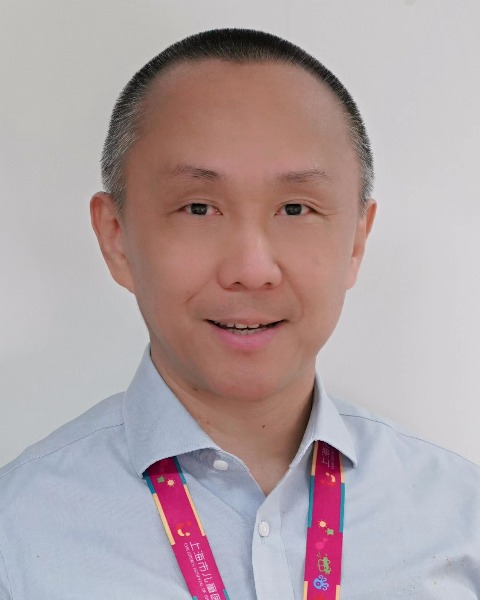
Xiao Bo, MD
Chief of SDR Program
Shanghai Children's Medical Center
A board-certified pediatric neurosurgeon both in China and Israel, is currently Chief of Pediatric Neurosurgery Department and Director of Cerebral Palsy and Spasticity Center at Shanghai Children's Medical Center, China, as well as Chief of SDR (Selective Dorsal Rhizotomy) Center at Dana-Dwek Children’s Hospital, Sourasky Medical Center, Tel Aviv, Israel.
Appointed as Professor of Neurological Surgery at Shanghai Jiao Tong University in 2020, he has also served as Vice Director of Surgical Management Program in Pediatric Rehabilitation Committee of the Chinese Association of Rehabilitation Medicine (SMPPRC-CARM) and Executive Board member of the Chinese Society for Pediatric Neurosurgery (CSPN), Chinese Congress for Pediatric Neurosurgeons (CCPN), International Society for Pediatric Neurosurgery (ISPN) as well as SDR (Selective Dorsal Rhizotomy) Scientific Board of International Alliance of Academies of Childhood Disability (IAACD). In 2022, he was invited to be an expert member of the "Advisory Expert Committee" of the China-Israel Innovation Cooperation Strategic Research Center.
With a full-time fellowship, Mr. Xiao has been trained on pediatric neurosurgery under the supervision of Prof. Shlomi Constantini for three and half years since 2005 at Dana-Dwek Children's Hospital, Sourasky Medical Center in Tel Aviv, Israel and earned his Ph.D in Neuroelectrophysiology at Weizmann Institute of Science in Rehovot, Israel in 2012.
Early 2013, Mr. Xiao moved back to Shanghai and has been specialized in surgical treatment for cases with all types of pediatric neurosurgical disorders, particularly for those with spastic cerebral palsy (CP) using a surgical procedure named selective dorsal rhizotomy (SDR). In 2018, he developed a standardized intra-operative EMG interpretation scheme (using compound muscle action potential, CMAP) to guide SDR for selection of those dorsal spinal roots (rootlets) in a quantitative manner, which has the capability to decrease muscle tone mainly in given muscle groups in the affected lower extremities. So far this technique has been used in SDR procedure performed in more than 600 children with spastic CP and all showed excellent outcomes. His SDR technique requires the entire surgical team to find out spinal nerve root candidates for cutting among 60-80 ones at level of cauda equina in each case, which are considered to be associated more with spasm in their lower limbs, and each nerve root requires dozens of real-time evoked-CMAP interpretations.
Over the past 5 years, the team has accumulated as many as 1 million pairs of input-output intraoperative neurophysiological data of lower spinal cord in patients with spastic CP, laying a solid foundation for the establishment of the first ever human spinal nerve evoked-CMAP database in the world. The establishment of this database has opened up a new way to optimize SDR protocol and improved the effectiveness of surgical treatment. It has also potentially provided a new research approach for further understanding of the principle and mode of spinal cord network in populations with spastic CP. Xiao has thus been regarded as the leading figure in SDR treatment for spastic CP cases and particularly a pioneer in the research field of dorsal spinal nerve root (rootlet)-evoked CMAP interpretation in the world.
Presentation(s):
-
Friday, April 21, 2023
1:50pm - 2:05pm PSTDisclosure(s): No financial relationships to disclose
